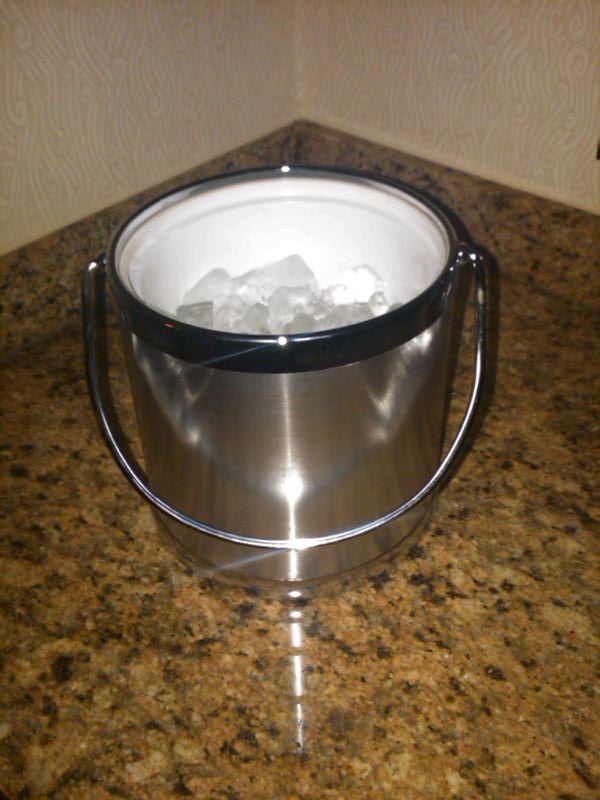How much does the office furniture matter?
Like most of you, I've worked in all kinds of office layouts over the years. Cube farms, open plan, private offices, 'hotel' desks for more transient workers. I am sure at one time or another I have spent time in all of them.
And I probably don't have any really strong feelings about any of the office spaces I've worked in. They were, and are, mostly forgettable. Aside from the one consulting project years ago where my 'office' was a telecom equipment closet and an extra door propped up on some boxes was my desk. That one I still remember for some reason. Look like your office?
Look like your office?
But there is a growing awareness of the importance of design, intent, and function of things like desks, chairs, conference rooms, and common spaces in the modern office. While some think the future of work will eventually become almost completely virtual, (meaning everyone will work out of a Starbucks or Panera), for most desk jockeys today, the 'office' still is the central and most common place where work gets done.
So while work is changing a lot, where we do work doesn't seem to be changing quite so rapidly. And while this is seems like it will continue, at least for the time being, creating spaces that are adaptable, comfortable, and effectively support the shifting demands of workers and organizations is still important and still should be something HR and talent professionals think about when designing spaces, creating work environments, and procuring office furniture. And if you are still trying to manage that balance between work that wants to be more fluid, collaborative, and virtual; and workplaces, that want to be more, well, static, rigid, and boring, then I suggest you check out this piece from the Workplace Design Magazine site.
The article, a take on the challenges facing workplace designers, is valuable not only for some of the practical design ideas it might provide, but for the approach to design decisions it advocates. Namely, to think about design issue as more that tables, offices, and furniture. To think bigger. From the piece:
In contrast, I believe your job as workplace professional is to support work, wherever and whenever it takes place. And for me “support” means focusing on the work itself, and how it’s being done, almost more than the workplace.
Nice. A more expansive way to see the job of designer. In a way, it is a good piece of advice for any of the classical support functions - facilities, finance, IT, even HR. Focus on the work and not on the tools you want to bring to the table.
It is a really interesting way to look at things, and kind of instructive. If the best workplace designers don't start with blueprints and fabric swatches, what does that say about the way us technologists and talent pros approach our challenges?
Are you thinking about the work first? Or your toolkit?

 Steve
Steve



